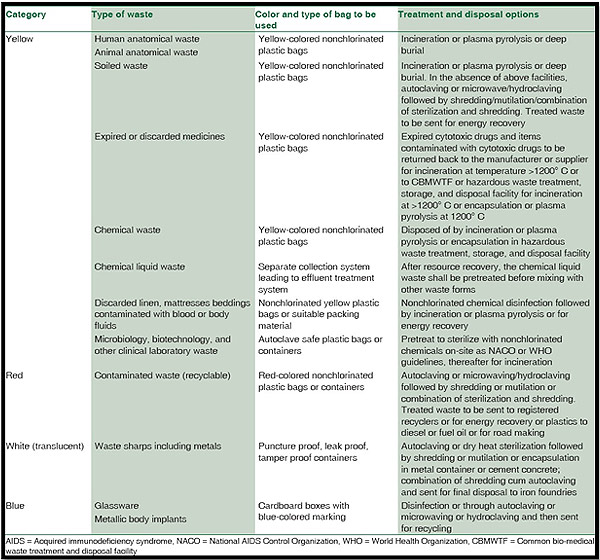Indicators on Reclaim Waste You Need To Know
Indicators on Reclaim Waste You Need To Know
Blog Article
Reclaim Waste Can Be Fun For Anyone
Table of ContentsUnknown Facts About Reclaim WasteOur Reclaim Waste StatementsA Biased View of Reclaim WasteSome Known Details About Reclaim Waste 10 Easy Facts About Reclaim Waste Shown
Residential sewage waste refers to the waste and products from a domestic septic tank. The appropriate monitoring and disposal of domestic sewage waste need fluid waste to be moved to a sewer therapy plant where the correct methods and devices are used to purify and dispose of waste.
Industrial waste usually consists of potential dangers, such as flammable products or a blend of liquid and solid waste products, and needs an advanced and in-depth disposal procedure. The disposal of industrial waste typically involves the purification of waste before transportation to make sure secure and proper disposal. Industrial waste is produced from results and overflow of commercial processes and production.
This type of waste can not utilize the exact same sewer administration transportation or processes as septic or industrial fluids. The hazardous waste administration procedure requires the inspection and screening of liquid waste prior to it goes through the disposal process (liquid waste disposal). Overflow waste is the fluid waste that comes from drainage and excess stormwater in very inhabited areas or cities
Overflow waste can cause contamination and flooding if not taken care of effectively. Making certain proper waste administration can protect against disasters and minimize environmental harm.
Our Reclaim Waste PDFs
Get in touch with PROS Providers today to discover our waste administration and disposal services and the correct means to look after the fluid waste you produce.
(https://leonaube33101.wixsite.com/reclaim-waste/post/effective-liquid-waste-removal-and-disposal-everything-you-need-to-know)This so-called 'wastewater' is not just a crucial resource however, after therapy, will certainly be launched to our land, rivers or the ocean. Used water from commodes, showers, baths, kitchen area sinks, washings and commercial procedures is recognized as wastewater.

water utilized to cool down machinery or clean plant and tools). Stormwater, a kind of wastewater, is drainage that streams from farming and city locations such as roof coverings, parks, yards, roadways, courses and seamless gutters into stormwater drains pipes, after rain. Stormwater flows neglected directly to local creeks or rivers, ultimately reaching the ocean.
Reclaim Waste Can Be Fun For Everyone
In Queensland, most wastewater is dealt with at sewage therapy plants. Wastewater is moved from domestic or industrial sites via a system of sewage systems and pump stations, recognized as sewage reticulation, to a sewage treatment plant.
The Division of Natural Resources suggests local federal governments about managing, operating and preserving sewerage systems and therapy plants. In unsewered locations, city governments might call for owners to set up private or family sewage treatment systems to treat residential wastewater from bathrooms, kitchens, washrooms and laundries. The Division of Natural Resources authorizes using house systems when they are confirmed to be effective.
In some new class, treatment of some stormwater to get rid of clutter, sand and crushed rock has begun making use of gross pollutant traps. Wastewater treatment happens in four phases: Removes solid matter.
Wastewater then streams into huge storage tanks where solids clear up and are eliminated as sludge. Grease and scum are skimmed from the surface area. Uses tiny living organisms called micro-organisms to damage down and get rid of continuing to be dissolved wastes and great fragments. Micro-organisms and wastes are integrated in the sludge. Removes nitrogen and phosphorus nutrients that might trigger algal flowers in our waterways and threaten marine life.
Not known Details About Reclaim Waste
Nutrient elimination is not available in any way sewer therapy plants due to the fact that it requires costly specialised equipment. It is ending up being more typical in Queensland. Clear liquid effluent produced after treatment may still include disease-causing micro-organisms. If this effluent is launched into rivers such as rivers or the sea, the micro-organisms will eventually pass away out.

This typically suggests wastewater needs to be treated or pollutants gotten rid of prior to it can be released to rivers. A lot of wastewater moves right into the sewerage system. Under the Act, city governments provide approvals and permits for eco pertinent tasks (Ages) involving wastewater releases that might have a neighborhood impact. The department carries out authorizations and permits to ERAs entailing wastewater releases that could have a regional or statewide effect.
All about Reclaim Waste
Or else, examples are taken for laboratory evaluation. Often numerous tests are needed to develop the degrees of each of the various pollutants such as oils, heavy metals and pesticides in water. Surveillance provides factual info concerning water top quality and can confirm that licence problems are being met. The info gotten via monitoring offers the basis for making water high quality choices.
Report this page